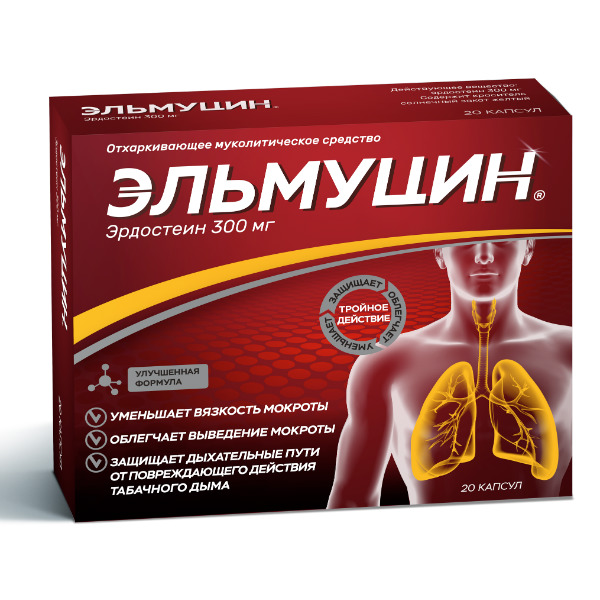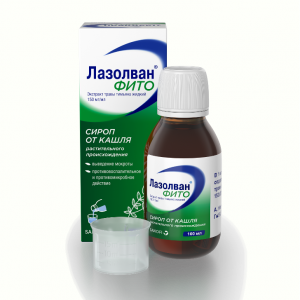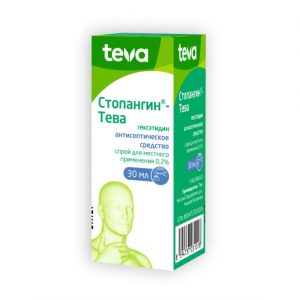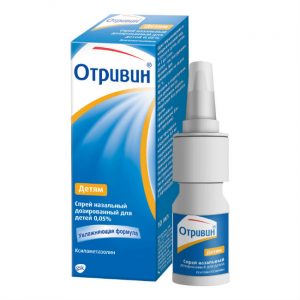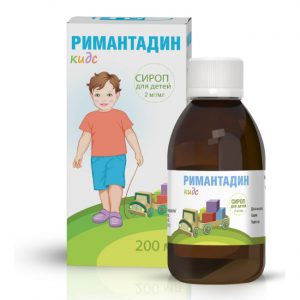Description
Release form
Capsules.
Pharmacological action
Pharmacotherapeutic group
Expectorant mucolytic
ATC code: R05CB15
Pharmacological properties
Pharmacodynamics
The effectiveness of erdostein is due to the action of active metabolites. Thiol groups of metabolites cause rupture of disulfide bridges that bind glycoprotein fibers to one another, which leads to a decrease in the elasticity and viscosity of sputum. As a result, erdostein enhances and accelerates the release of the respiratory tract from secretions, improves the secretory function of the epithelium and increases the efficiency of mucociliary transport in the upper and lower parts of the respiratory tract.
Erdostein has an antioxidant effect and carries free radicals. In particular, erdostein protects the airways from the damaging effects of cigarette smoke in relation to the inactivation of alpha-1-antitrypsin.
Erdostein increases the concentration of immunoglobulin A (IgA) in the mucous membrane of the airways in patients with chronic obstructive airway diseases, and also reduces the inhibitory effect of tobacco smoke on granulocyte function.
The effect of erdostein therapy develops on the 3-4th day of treatment. Erdostein as such does not contain free SH-radicals, therefore it does not have a damaging effect on the gastrointestinal tract, and side effects from the digestive system do not differ from the effects of placebo.
Pharmacokinetics
Erdostein is rapidly absorbed from the gastrointestinal tract and metabolized in the liver to three active metabolites, the most important of which N-thiodiglycolyl-homocysteine (Metabolite 1 or M1). The half-life (T1 / 2) is more than 5 hours. Repeated use of erdostein or a meal does not affect the pharmacokinetic parameters. The maximum concentration (Cmax) in blood plasma is 3.46 μg / ml, the time to reach the maximum concentration (Tmax) is 1.48 hours, the area under the concentration-time curve (AUC0-24h) is 12.09.
Erdostein binds to plasma proteins by 64.5%. It is excreted in the form of inorganic sulfates through the kidneys and intestines.
In case of impaired liver function, an increase is observed in indicators: maximum concentration (Cmax) and the area under the concentration-time curve (AUC).
It is possible to increase the half-life (T1 / 2) with severe impaired liver function.
With renal failure, cumulation of metabolites is possible.
Indications
Diseases of the respiratory tract with the formation of viscous sputum (in complex therapy).
Special instructions
During treatment, a sufficient amount of liquid must be taken, which increases the expectorant effect.
In cases of impaired bronchial motility or a significant amount of sputum excreted, the use of the drug requires caution, due to the risk of delayed discharge in the airways and an increased risk of infection or bronchospasm.
Impact on the ability to drive vehicles, machinery
Does not affect the ability to drive vehicles, machinery and engage in other activities, requiring increased concentration of attention and speed of psychomotor reactions.
Composition
1 caps.
erdostein 300 mg
Excipients:
microcrystalline cellulose – 13 mg,
povidone (K-30) – 8 mg,
magnesium stearate – 3 mg.
Hard gelatin capsules:
body and capsule cap – titanium dioxide – 1.3333%,
quinoline yellow dye – 0.9197%,
sunset yellow dye – 0.0044%,
gelatin – up to 100%.
Dosage and administration of
1 capsule (300 mg) 2 times a day.
If there is no improvement within 5 days after the start of the drug or if it worsens, you should consult your doctor.
Side effects
The frequency of adverse reactions is presented according to the WHO classification: very often (? 1/10 cases), often (? 1/100 and <1/10 cases), infrequently (? 1/1000 and <1/100 cases ), rarely (? 1/10000 and <1/1000 cases) and very rarely (<1/10000 cases), the frequency is unknown. From the gastrointestinal tract: rarely – heartburn, nausea, diarrhea, very rarely nausea, pain in the epigastric region, loss or change in taste sensitivity at the beginning of treatment. From the skin and subcutaneous tissues: rarely – allergic reactions: redness of the skin, edema, eczema, angioedema. Disorders of the respiratory system, chest and mediastinum are very rare – shortness of breath. Drug interaction With the simultaneous use of erdostein increases the concentration of amoxicillin in bronchial secretion, which allows to achieve a faster response to therapy compared to monoxysilane amoxicillin. Overdose No cases of overdose have been reported. However, in cases of overdose or in case of accidental use by children, gastric lavage and symptomatic therapy are recommended. Storage conditions At a temperature not exceeding 25 ° C. Keep out of the reach of children. Expiration 3 years. Deystvuyuschee substances rdosteyn over-the-counter pharmacies Form of Treatment kapsul
